By Tinto Cherian
1st Year Health Management Intern
Publication date: 13/05/2022
COVID, in all its might, crippled the day-to-day functioning of people, organisations, governments, and social structures. It will be constructive to appraise the lessons this crisis invoked on our accustomed conventional systems and the visions that the resilience and experience instilled.
To look further into it, an open-ended question was asked of the key operational managers in one of the biggest regional hospitals in Victoria. The question was:
“What was the one thing that you realised or implemented in your area, which would not have happened if not for COVID?”
Some of the interesting and motivating replies were about adaptability, efficiency, and the use of technology.
Adaptability
Most health service managers found themselves doing completely different roles and tasks than what they were doing previously. Due to the critical nature of the situation, no previous similar experience was demanded and neither was planned orientation availed. But they proved more than capable to lead and manage during the challenging and uncertain periods. One of the comments was that “a health care manager can manage any situation as long as they are leading the right set of people”.
Efficiency
Realisations in areas of efficiency improvement, by consolidating and streamlining the care delivery were true inventions of necessity. Services were scaled down or re-aligned to operate efficiently and to adapt in such a way that were unimaginable previously. To augment this, the transition to a more centralised model was strongly supported by telehealth.
Another set of replies reflected on how much the regional hospital had the opportunity to grow and demonstrate leadership during difficult times. This was especially true when it came to areas of Pharmacy and the establishment of a local Public health response.
Technology
The majority of responses to the question were related to benefits realised from increasingly embedding technology in specific areas of health care like operation, delivery, and communication.
The Medical imaging directorate implemented changes in areas of communication and consultation by the transition of clinical consultation meetings and staff group meetings to an online platform. This enabled clinicians to conduct and participate in meetings remotely and consistently.
The Medicine and Emergency Directorate built the ability to include a bigger staff group and a wider audience in daily staff meetings in individual clinical areas, by switching to online. Reaching out and communicating to a large clinical audience was previously difficult, due to the inability to obtain clinical staff who are involved in care delivery and due to their varied shift timings. This move not only provided the opportunity for understanding real-time clinical situations, by hearing staff concerns and having discussions on required change but also made the managers more visible and supportive than any time before.
Another favourable outcome noted by a few Directorates was the evolution of Health care managers to become better at managing their staff who were working from home. This was achieved through innovative approaches to teamwork, better communication, real-time feedback, and moreover being flexible and considerate. One of the remarks was now it is “better able to understand their ability and requirements as I was constantly in touch with them, more than knowing them in office in-person”.
To look for the silver lining, an easy find would be ‘technology and healthcare’ and how both aspects decided to work together more. This doesn’t mean that other sectors didn’t adapt, in fact, it’s far from that. People are now comfortable with buying a house without even stepping inside it and businesses are able to close multimillion deals over video calls without shaking hands. Organisational changes that were perceived as unorthodox and difficult to implement became inevitable during the crisis time.
As we know, healthcare organisations are not alien to the long rows of checklists and procedural hurdles to achieve an impactful change. Similarly, they are also familiar with the struggles of adopting new technologies and the difficulties of staff adapting to those changes. In this context, the efforts to incorporate technology into health care workplaces literally got a shot in the arm during COVID. Evaluation of all the replies points towards the right direction in our ongoing efforts for a future ready, flexible and more resilient healthcare system.
Views are those of individual authors and not those of ACHSM or management intern’s employers.
